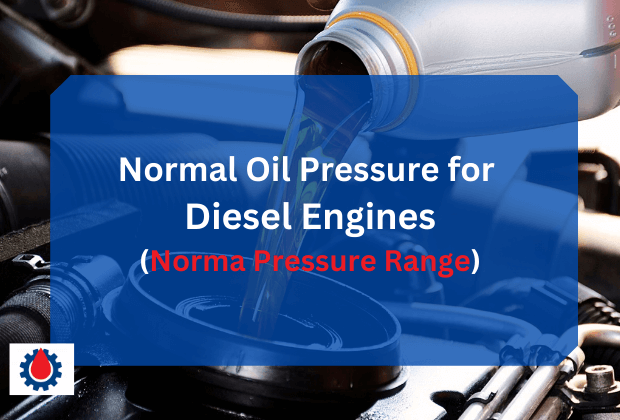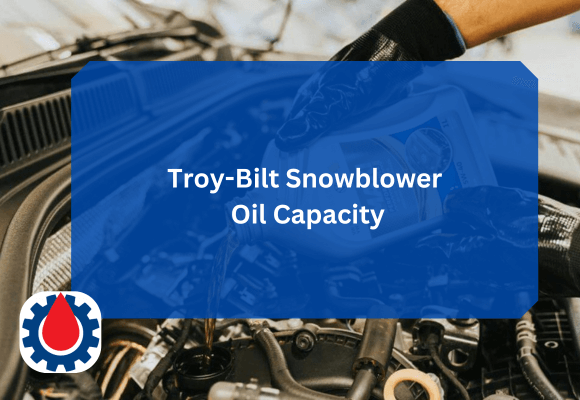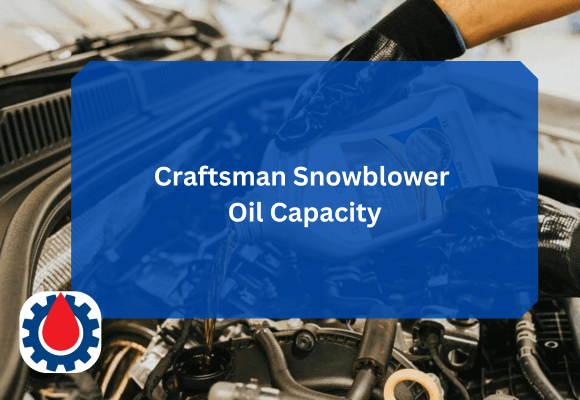When it comes to maintaining the health and performance of a diesel engine, oil pressure is one of the most critical parameters to monitor. Proper oil pressure ensures that the engine’s internal components remain well-lubricated, reducing friction and preventing excessive wear.
This article breaks down what constitutes normal oil pressure for diesel engines, why it’s essential, and what to do if you notice fluctuations.
Normal Oil Pressure for Diesel Engines
The normal oil pressure for a diesel engine typically ranges from 10 to 20 psi at idle and 30 to 70 psi at operating speed. Maintaining oil pressure within this range is essential to ensure proper lubrication, prevent wear, and promote engine longevity.
Factors such as engine temperature, oil viscosity, and the condition of the oil pump can affect pressure levels. If oil pressure falls below or exceeds these thresholds, it may indicate potential issues like low oil levels, clogged filters, or pump malfunctions.
What is Oil Pressure and Why Does It Matter?
Oil pressure refers to the force exerted by the engine oil as it circulates through the internal components of the engine. This pressure is created by the oil pump and maintained by a combination of factors, including oil viscosity, engine temperature, and the clearance between engine parts.
Read Normal Engine Oil Temperature(Find Out the Safe Range)
Importance of Maintaining Proper Oil Pressure:
- Prevents Metal-to-Metal Contact: Adequate oil pressure ensures that there is a sufficient layer of oil between moving parts, preventing friction and potential damage.
- Regulates Engine Temperature: Proper lubrication helps to dissipate heat generated during engine operation.
- Prolongs Engine Life: By reducing wear and tear, steady oil pressure helps extend the lifespan of the engine.
Standard Oil Pressure Range for Diesel Engines
The normal oil pressure for diesel engines can vary depending on the make and model, but general guidelines provide a benchmark:
- Idle Oil Pressure: Typically ranges between 10 to 20 psi (pounds per square inch).
- Oil Pressure at Operating Speed: When running at normal RPMs, oil pressure should generally range from 30 to 70 psi. Some high-performance diesel engines may operate safely at slightly higher pressures.
Read Engine Oil Capacity Chart(Guide Model A to Z)
Factors That Influence Oil Pressure
Engine Temperature
As the engine warms up, the oil becomes thinner (less viscous). This change can lead to a decrease in oil pressure. A drop in oil pressure when the engine reaches operating temperature is normal, as long as it stays within the recommended range.
Oil Viscosity
Using oil that is either too thick or too thin for your specific engine can impact oil pressure. Cold weather, for instance, can cause oil to thicken, leading to increased pressure. Conversely, excessively high temperatures can cause oil to thin out, resulting in decreased pressure.
Engine Wear and Tear
Older engines with worn components may have difficulty maintaining normal oil pressure due to increased clearances between parts.
Oil Pump Condition
The condition of the oil pump is integral to maintaining consistent oil pressure. A malfunctioning or worn pump may struggle to maintain adequate flow and pressure.
Read Oil Drain Plug Torque Chart(Vehicles A to Z)
How to Monitor Oil Pressure
Oil Pressure Gauge: Most modern diesel engines come equipped with oil pressure gauges on the dashboard, providing real-time feedback. If your vehicle doesn’t have one, aftermarket gauges are available for installation.
Warning Signs of Abnormal Oil Pressure:
- Low Oil Pressure Light: If this light appears on your dashboard, it is a clear indicator that oil pressure has dropped below a safe level.
- Noisy Engine Operation: Excessive noise, such as knocking, can signal insufficient lubrication.
- Oil Leaks: Persistent low pressure may lead to or be caused by oil leaks around gaskets and seals.
Common Causes of Low Oil Pressure
- Insufficient Oil Levels: A common reason for low oil pressure is simply low oil levels. This issue can be resolved by checking the dipstick and topping up the oil.
- Faulty Oil Pump: A malfunctioning pump may not be able to circulate oil effectively, leading to lower pressure.
- Clogged Oil Filter: A blocked oil filter can restrict oil flow, resulting in lower pressure. Regular maintenance, including timely oil changes and filter replacements, is crucial for avoiding such problems.
- Worn Engine Bearings: In high-mileage engines, worn bearings increase clearances, making it harder to build and maintain adequate pressure.
Read Can I Use Engine Restorer and Triax Oil Additive Together
High Oil Pressure: Is It a Problem?
- Excessive Viscosity: Oil that is too thick for the engine, possibly due to cold weather or incorrect oil type.
- Faulty Pressure Relief Valve: This valve regulates maximum oil pressure; a malfunction can lead to excessively high readings.
- Blockages in the Oil Passages: Accumulations of sludge or debris can restrict flow and create backpressure.
Maintaining Proper Oil Pressure: Best Practices
- Regular Oil Changes: Timely oil and filter changes are vital for keeping oil pressure within the normal range. This practice helps maintain clean oil circulation and prevents clogging.
- Use the Right Oil Grade: Always use the oil grade specified in your engine’s manual. The correct oil viscosity helps ensure proper pressure levels and engine protection.
- Inspect for Leaks and Seepage: Routinely check for oil leaks around the engine and under the vehicle. Sealing leaks early can prevent pressure drops and larger engine issues.
- Monitor Oil Pump Health: Especially in older vehicles, keeping an eye on the oil pump’s performance can prevent sudden drops in pressure.
Read Engine Oil for Guns(Why Gun Owners Are Switching to Engine Oil)
Troubleshooting Oil Pressure Issues
What to Do if Oil Pressure Drops:
- Check Oil Level: Verify if the engine has adequate oil.
- Inspect the Oil Filter: Replace the oil filter if it appears clogged or dirty.
- Look for Leaks: Ensure that there are no signs of external oil leaks.
- Consult a Professional: If these measures don’t resolve the issue, consider having the oil pump and engine internals inspected by a mechanic.
Responding to High Oil Pressure:
- Check the Oil Type: Confirm that you are using the correct oil viscosity for the season and operating conditions.
- Assess the Pressure Relief Valve: Have this component tested or replaced if needed.
- Examine for Blockages: An oil flush may help clear any blockages causing restricted flow.
Read Car Engine Oil Color Chart(Color That Signals Immediate Danger)
Final word
Maintaining normal oil pressure is fundamental for the longevity and performance of a diesel engine. Regular maintenance, including oil changes, proper oil selection, and system checks, ensures consistent oil pressure and avoids costly engine repairs.




